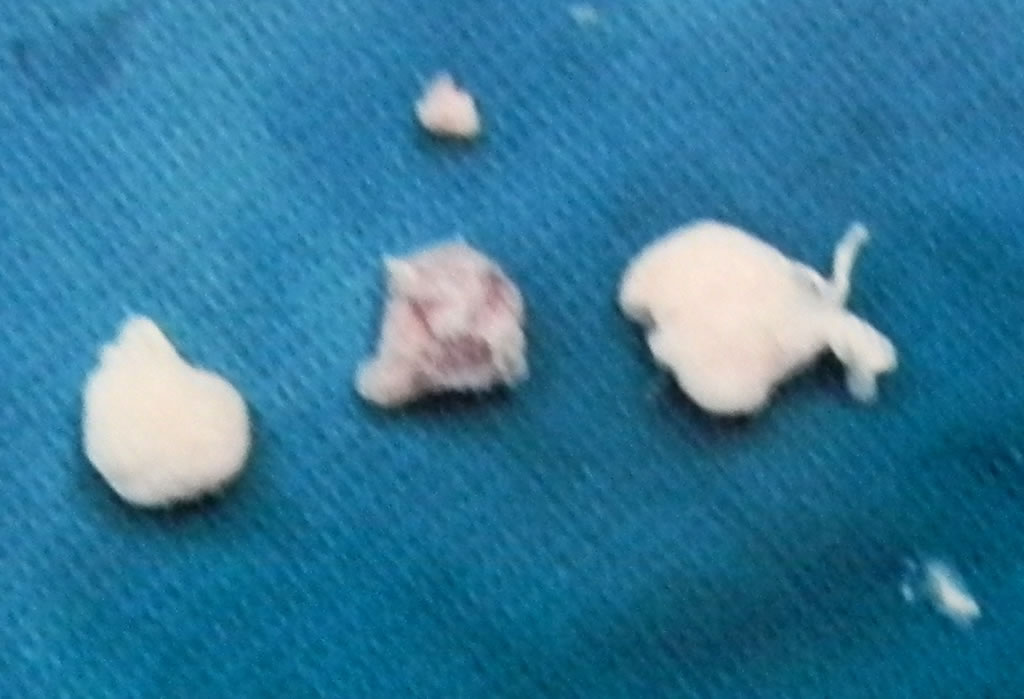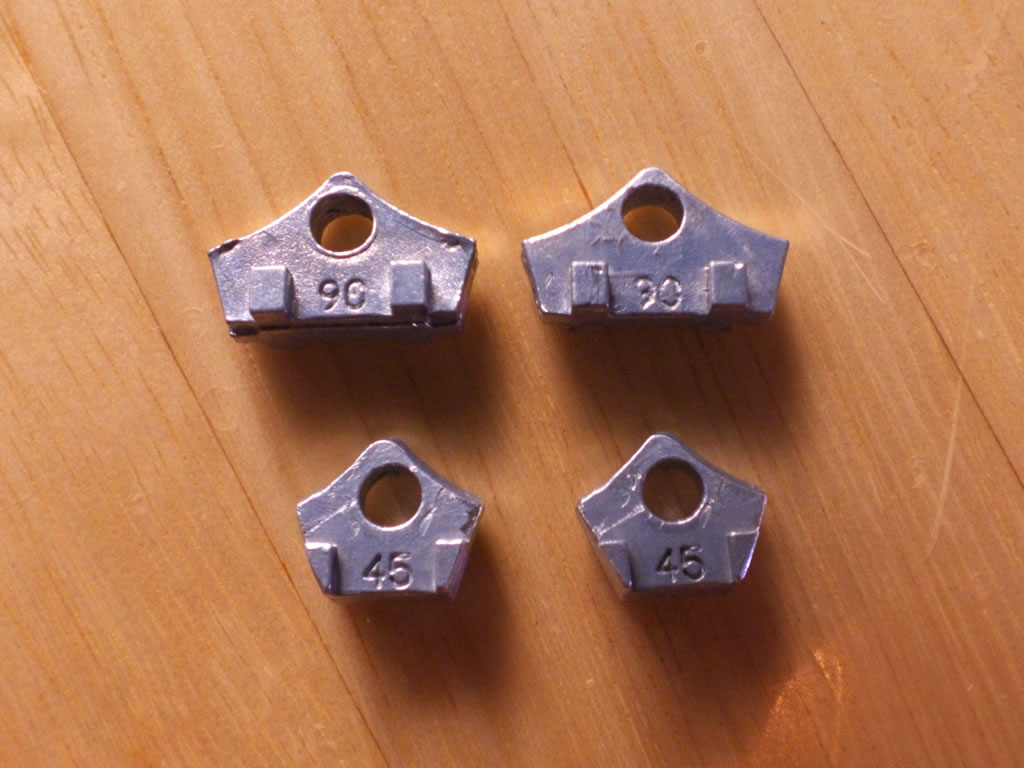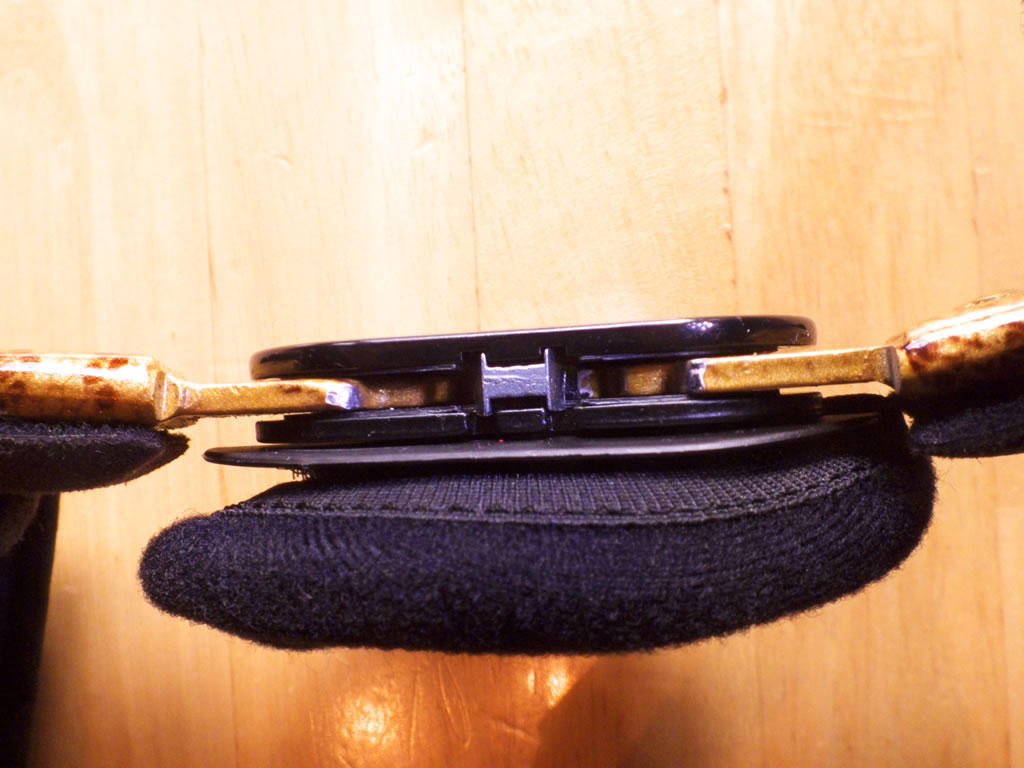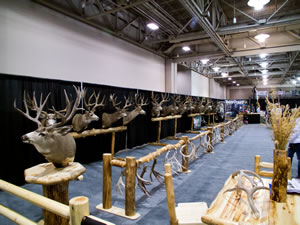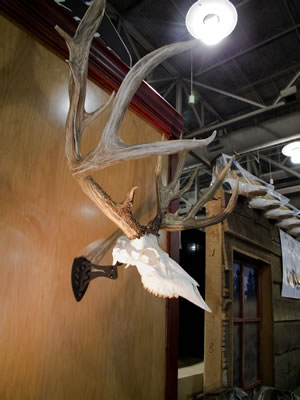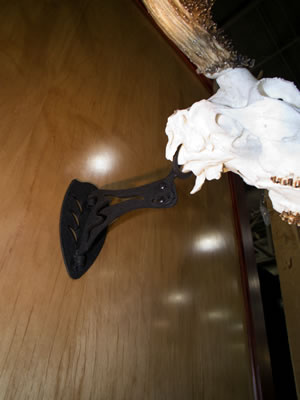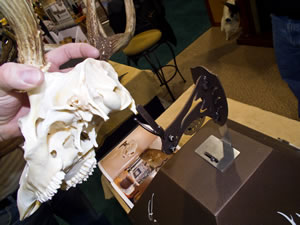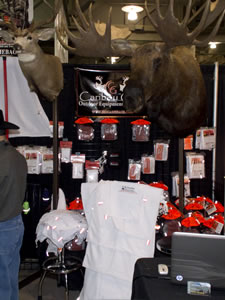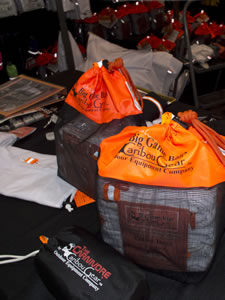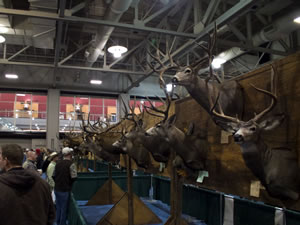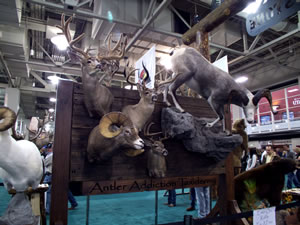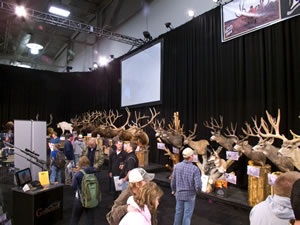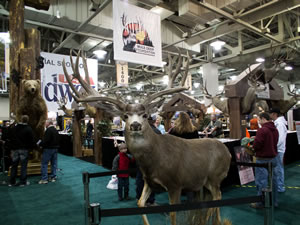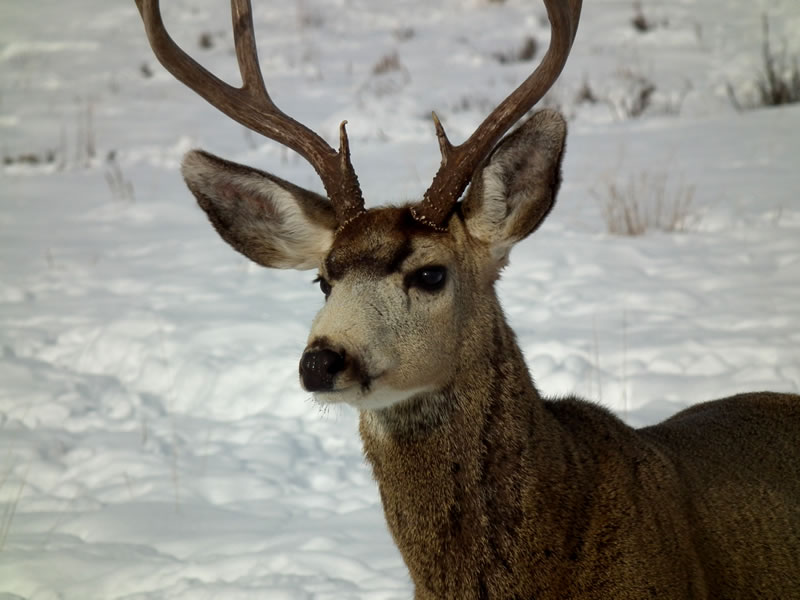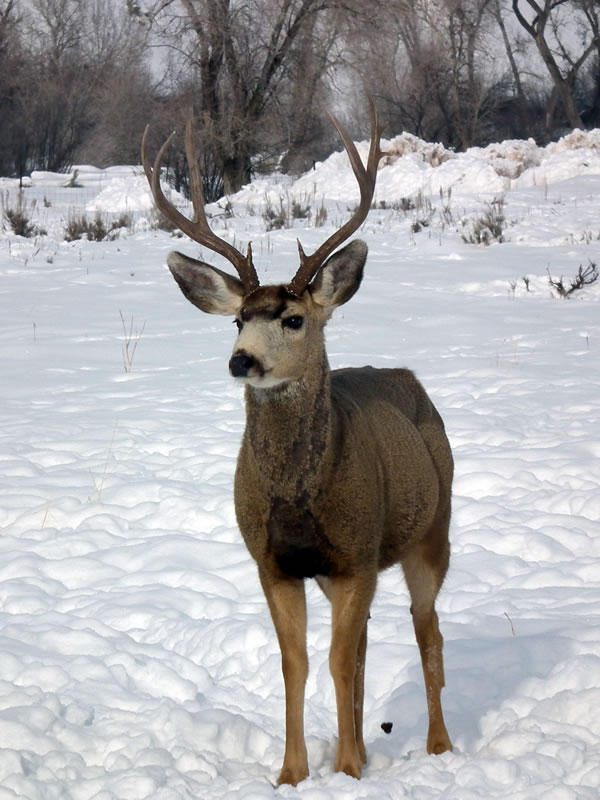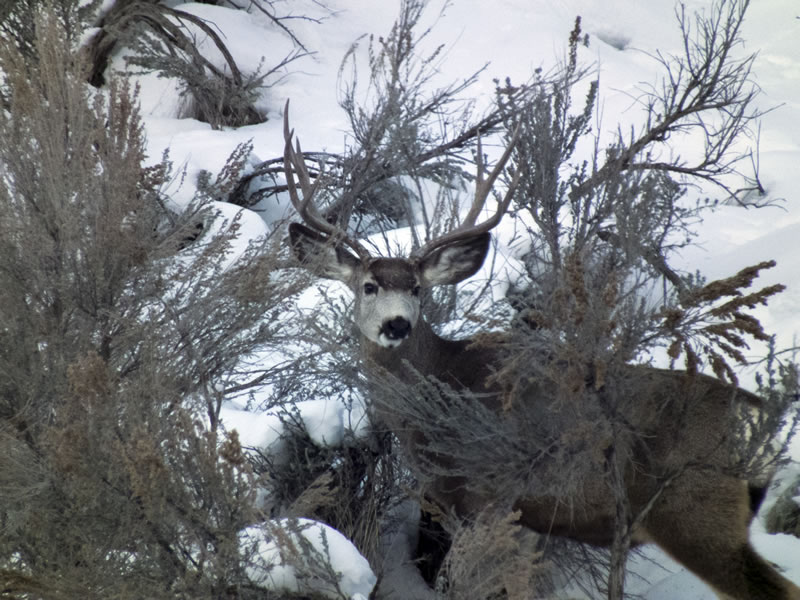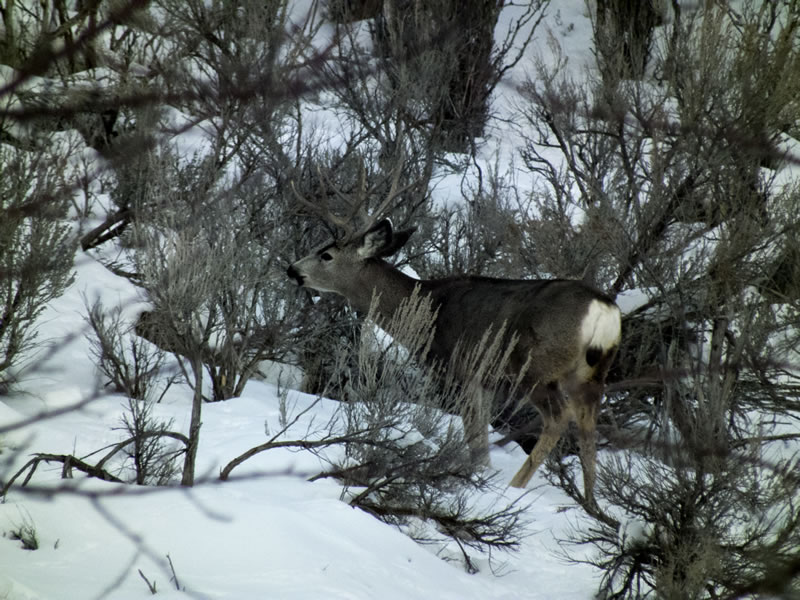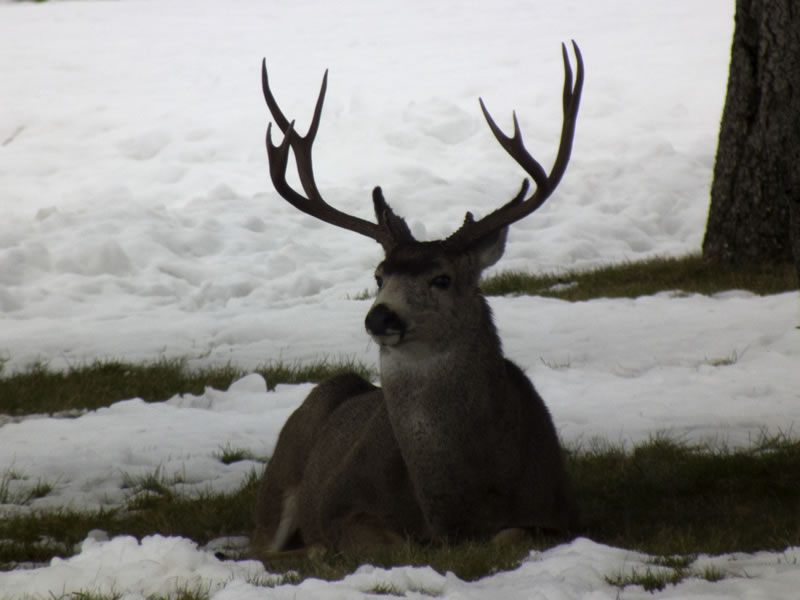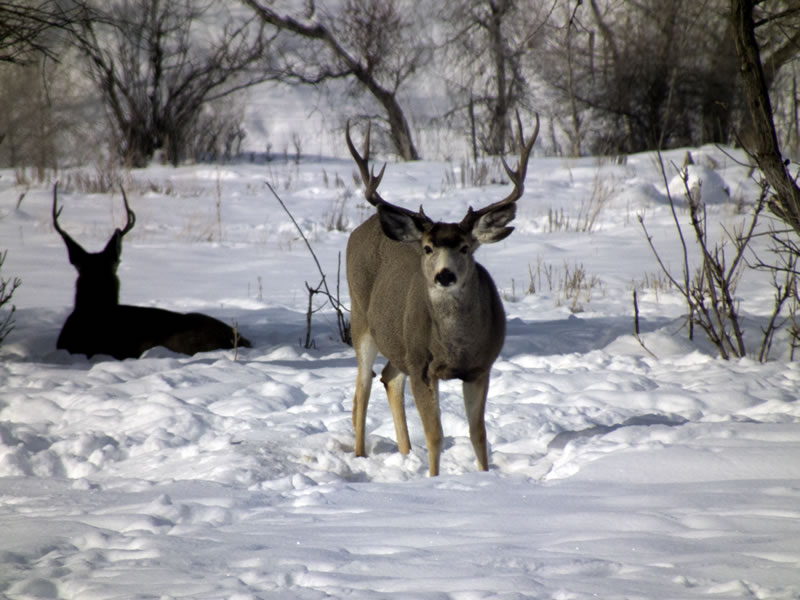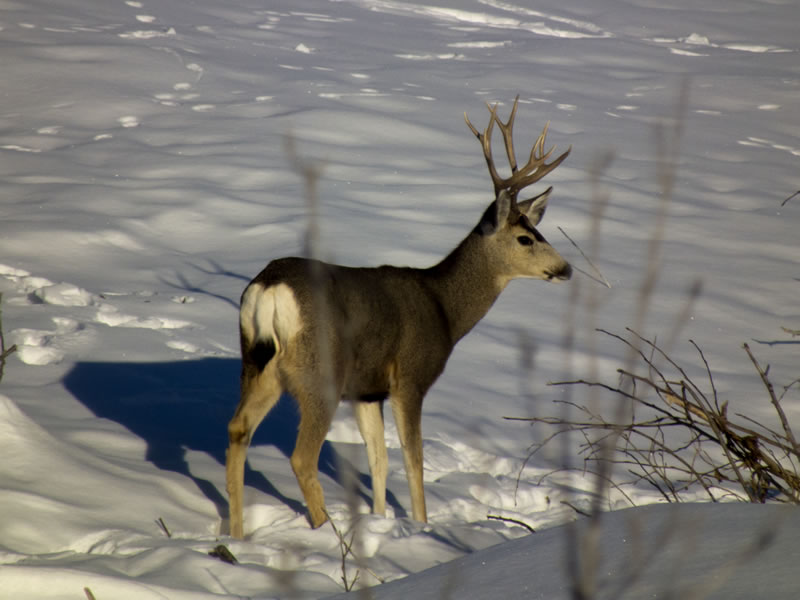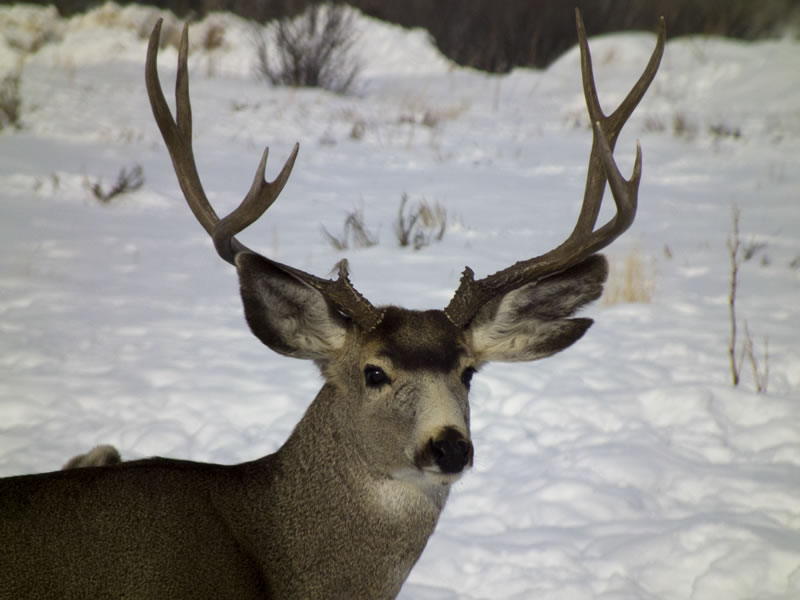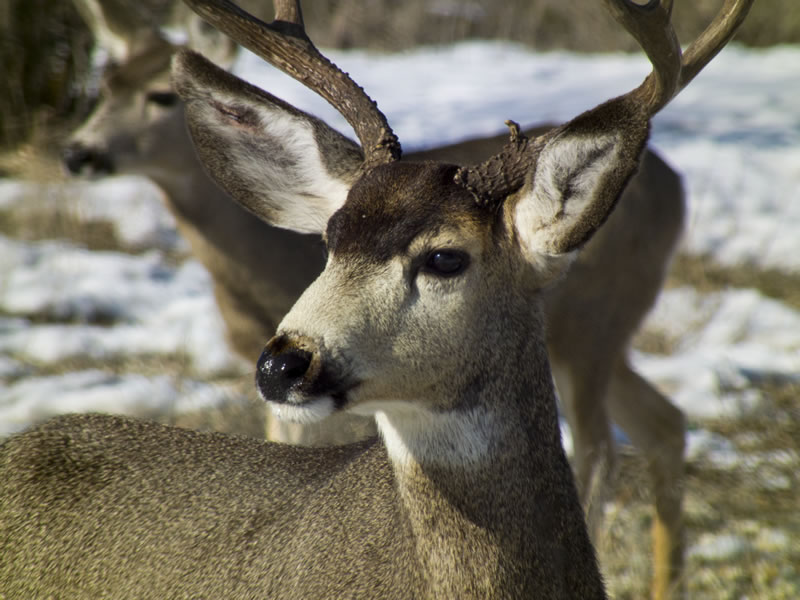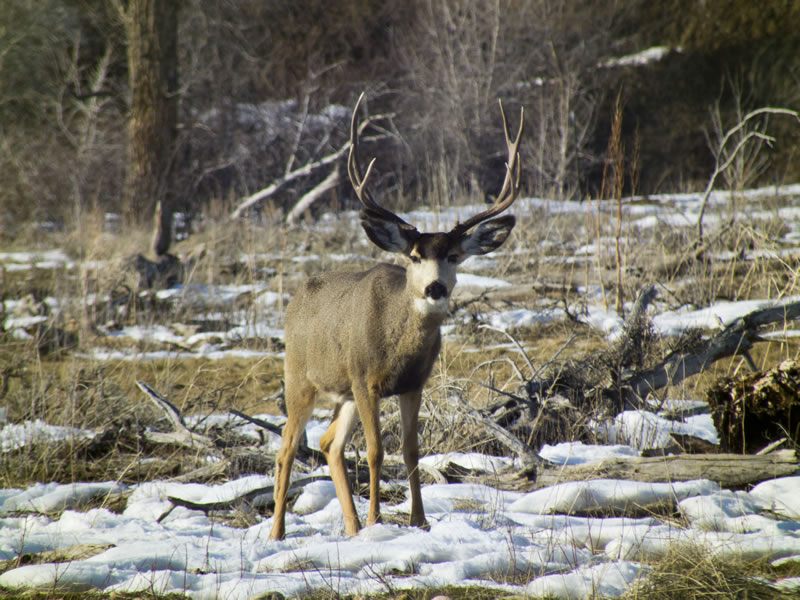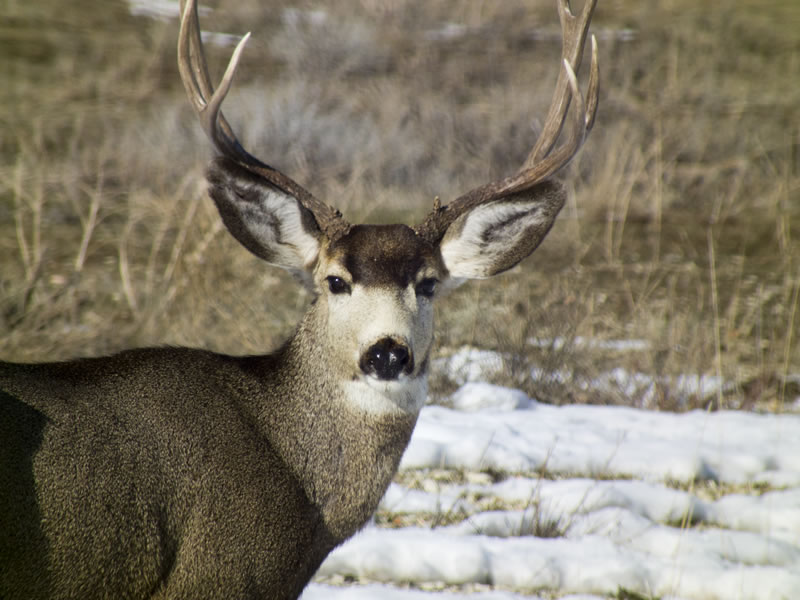- Details
- Written by: The DIY Hunter
- Category: Outdoor
- Hits: 6279
A must have with wearing my DonJoy Defiance knee braces is a pair of lightweight compression fit pants like the Browning NTS pants I'm wearing. When hiking all day, compression spandex undergarments help keep the friction of the knee brace straps from causing horrible scabby sores on the back of my legs.
When hunting this year, as the weather permits, I have started wearing shorts for easy access to adjust my knee braces.
I have a bum wheel so to speak, that being my right knee. I know it may be hard to believe my knee is bad from the style of hunting I enjoy doing — that is backpacking in, boning out the deer or elk and then hauling them off the mountain on my back.
This year I had my fourth surgery on my right knee. This time it had almost been 5 years since my last surgery when I was just about to sit down for lunch and my knee just locked up.. felt like a piston seized up or I wrench was stuck in the middle of my knee. Well for the couple weeks before I could get in to see a doctor my knee just had very poor range of motion... from near straight to about 45 degrees and that was it. My knee was locking up, swelling up and just plain non-functional.
Come to find out an X-ray clearly showed loose bodies floating around in the middle of my knee, and apparently one just happened to move into the wrong spot that day at lunch time. The x-ray also showed bone spurs and arthritis all over the place... it just didn't look pretty at all. :(
Dr. Harrison, my doctor removed five loose bodies that where floating around in the joint. Not sure how they got there but some of them were fairly large... to me they appeared to be around marble size. He also cleaned up some rough cartilage and bone spurs etc. As we could see in the x-rays of the knee the ACL was completely incased with arthritis and during the surgery Dr. Harrison also found that the ACL is partially torn!?!... how that happened I have no idea. I haven't played any sports really since I was 22 years old when I wrecked on the motorcycle that tore my ACL to start the down hill tumble of my right knee. Now four surgeries later on this knee I am still milking the clock before I get a total knee replacement.
My right knee may be the craps but one thing that I will never stop doing is backpacking into rugged country and hauling deer and elk out on my back. My wife thinks I am totally crazy and I just agree with her. I tease that I will crawl in or have a wooden stump for a leg if I have too, but I am going to hunt where I like to hunt leg or not. The point is I'm not going to stop doing what I can do, while I can still do it. So while I still can I am going to be as crazy as I can with where I hunt.
The 90 degree hyperflex prevention keys (top set) are the greatest amount of flexion that came with my DonJoy Difiance knee braces. 90 degrees is just not enough range of motion to hike and climb well, so I took a file and shaved down a set of 45 degree keys (bottom set) that I now get 105 degrees of flexion before the keys block motion protecting me from hyperflexing my knee too far and injuring it on the mountain when I am hiking and hunting.
With my right knee going south I have been using a DonJoy Defiance knee brace system. I use it to protect my fragile ACL and with the straps really tight I feel it helps balance some of the weight across the brace and not through my knee helping with my arthritic problems I have in my right knee. I also alter a set of hyperflex keys to stop the brace at about 105 degrees. I do this because I have been known to slip in the loose ground and steep terrain and fall on my leg bending it too far back. My knees just don't like being bent that far. The brace now prevents my knee from flexing too far and messing up my right knee...
While out camping this summer I had this very hyperflexion problem mess up my "good" left knee. It happened by slipping on the steep hillside while setting up milk jugs to shoot with a 243 WSSM. It didn't take long for the knee to swell up and motion in the knee to come to a near halt. Now my "good" knee was locking up with some cartilage catching in the center of this knee. I trip back to Dr. Harrison, some fluid drained, a cortisone shot and taking it very easy I have gotten my good knee back feeling near 100% but every so often it will catch a little... I will most likely need surgery to clean it up but I wasn't about to have that surgery two weeks before the archery elk opener. So to keep my "good" left knee from getting hyperflexed again I now have a second knee brace. I now am hiking and hunting with double DonJoy CI Defiance knee braces. Both braces are set to flex from Zero to around 105 degrees to protect my knees in case I slip and fall, especially when I have a 100 lbs on my back carrying a boned out deer or elk off the mountain.
Here is a modified hyperflex prevention key installed in the DonJoy Difiance knee brace. This modified key protects my knee from getting hyperflexed too far yet gives me the ability to still be mobile by bending my knee to 105 degrees.
I turned 40 this year and the doc is hopeful I can make it into my 50's before I need the replacement knee. I already feel a great deal of burning in my knee during and several days after I do any hiking with a real heavy pack (80+ pounds or so). We will see how long I can go before the replacement. But arthritic burning pain or not I'm still going hunting in the rough mountains that I like to hunt.
After the surgery this past spring the doc also highly advised that I stop jogging all together... I think it was more of "absolutly no more jogging" now that I think about it. Biking was now going to be my best and only real exercising option to stay in shape. I have had an old 1989 Specialized Rockhopper that I have just rode the heck out of. It has been a good bike for me but it was time to put it out to pasture. It was time to get a new bike and a 29er to boot would be nice especially with me being tall. Getting a bike big enough to fit me was going to be a little difficult. Few manufactures make a 23" frame for a 29er. I will have to write in another entry about my quest to find an large enough bike to fit my 6 foot 7 inch frame.
- Details
- Written by: The DIY Hunter
- Category: Outdoor
- Hits: 5985
Some of the unreal mule deer mounts in the Muley Crazy booth at the 2011 Western Hunting and Conservation Expo.
The 2011 Western Hunting Conservation Expo show found my good friend Ryan and I checking out the products and amazing antlers. Most importantly by attending the show, I validated my applications for some limited-entry mule deer and elk tags that the expo offers at $5 per each hunt application. You are then required to validate your application at the show. And for a poor boy like myself this offers another chance to "possibly" hunt on some of the premium public land Utah has to offer. Now my chances to be drawn border on slim to nil but slim is better not entering at all.
There are plenty of amazing mounts of trophy animals all around the show. As always the Mossback booth had many amazing mule deer and elk mounts. Muley Crazy also had some of the most incredible mule deer I have ever seen.
Most of the mounts just didn't look real... just amazing antlers. Kind of made me feel a little inferior with the "small" bucks and bulls I work so hard to get on the general public lands I hunt. But after I snapped back to me senses I remembered that antlers aren't the reason that I hunt. I hunt for the experience and if I can find something I would like to shoot that's just a bonus.
Two products really caught my eye at the show, some European skull mounting brackets and some Big Game Bags.
Skull Hooker — European Skull Mounting Brackets
The first product that caught my eye was European Skull mounting brackets. Skull Hooker has a really attractive and neat system to place European Skull mounts on the wall. It's an adjustable metal bracket system that allows you to easily position the angle and direction your mount is facing. The skull hangs from a three-prong fork with the long center fork being inserting into the brain cavity and the two shorter forks holding the skull in place around the outside of the brain cavity.
Side view European skull mounted mule deer with Skull Hooker mounting bracket.
Bottom view European skull mounted mule deer with Skull Hooker mounting bracket.
Large Skull Hooker mounting bracket for elk and other large animals.
Deer sized Skull Hooker European skull mounting bracket.
What a cool product. I might think about giving these European skull mounting brackets a try with the Do-It-Yourself European skull mounts I make... Well, maybe not, after checking out their website these brackets are not cheap, especially for a DIY guy trying to save a buck. I'll probably make some mounting plaques for this past season's Mule Deer and Elk I took in 2010 and Dallen's first Mule Deer he took in 2010, three European skull mounts I'm bleaching right now. I still really like my homemade plagues to hold the European skull mounts, they just take a little time to make.
For more information on the Skull Hooker Mounting Brackets check out skullhooker.com.
Caribou Gear — Big Game Bags
Stacked on top of each other in the foreground are the different sizes of bags that they offer. They offer many very large bags for elk and moose quarters etc. The bags that interested me are the two smallest ones, one they call the Camp Meat Bag and I think the other one is called the Carnivore Bag. The Camp Meat bag looks like it would hold around 15-20 pounds of meat if filled.
Here are some Caribou Gear Big Game Bags kits. The black Carnivore pouch in the foreground has four bags in it and the total carry weight is 14 ounces. The size of bags in this pouch are about double the size of my large meat bags. I would guess that if I were to fill one of these bags there would be 70 lbs of meat in the bag. I like around 30 pounds or less per bag making it easier to manage. If I were to use this size of bag I would not fill the bags all the way full.
The other product that caught my attention was some lightweight big game bags from Caribou Gear. At first glance the bags looked to be very wimpy. They are made from a very thin "synthetic" fabric. Apparently a secret blend of ingredients that make the fabric very light and breathable, wicking moisture away from the meat, buying time in keeping the meat from spoiling. Excellent qualities for meat care in the field.
The feature I really liked was that I could probably shed 2 pounds of weight from my pack by using meat bags like this compared to the homemade canvas big game meat bags that I use to haul my mule deer and elk off the mountain. They claim their fabric and bags can take the abuse and the weight in meat they will be called to carry in the field — marketing them to the hard core hunter. I might have to give these bags a good field testing myself.
For more information about Caribou Gear's Big Game Bags check out biggamebags.com.
April 2012: You can read more of my thoughts on Caribou Gear's big game bags at the bottom of my DIY Heavy Duty Canvas Big Game Bags article.
Here are a few more photos of the sights around the show.
A small portion of the taxidermy work being judged at the show.
Some nice deer and sheep taxidermy on display.
Some of the mule deer and elk in Mossback's very large booth.
Another impressive Mule Deer full body mount at the 2011 Western Hunting Expo.
For more information about the Western Hunting and Conservation Expo check out huntexpo.com.
- Details
- Written by: The DIY Hunter
- Category: Outdoor
- Hits: 5441
Here are a few of my favorite mule deer photos and a little video footage of the bucks I have seen this winter. The photos and video were taken with my FujiFilm HS10 camera during the winter of 2010-2011.


